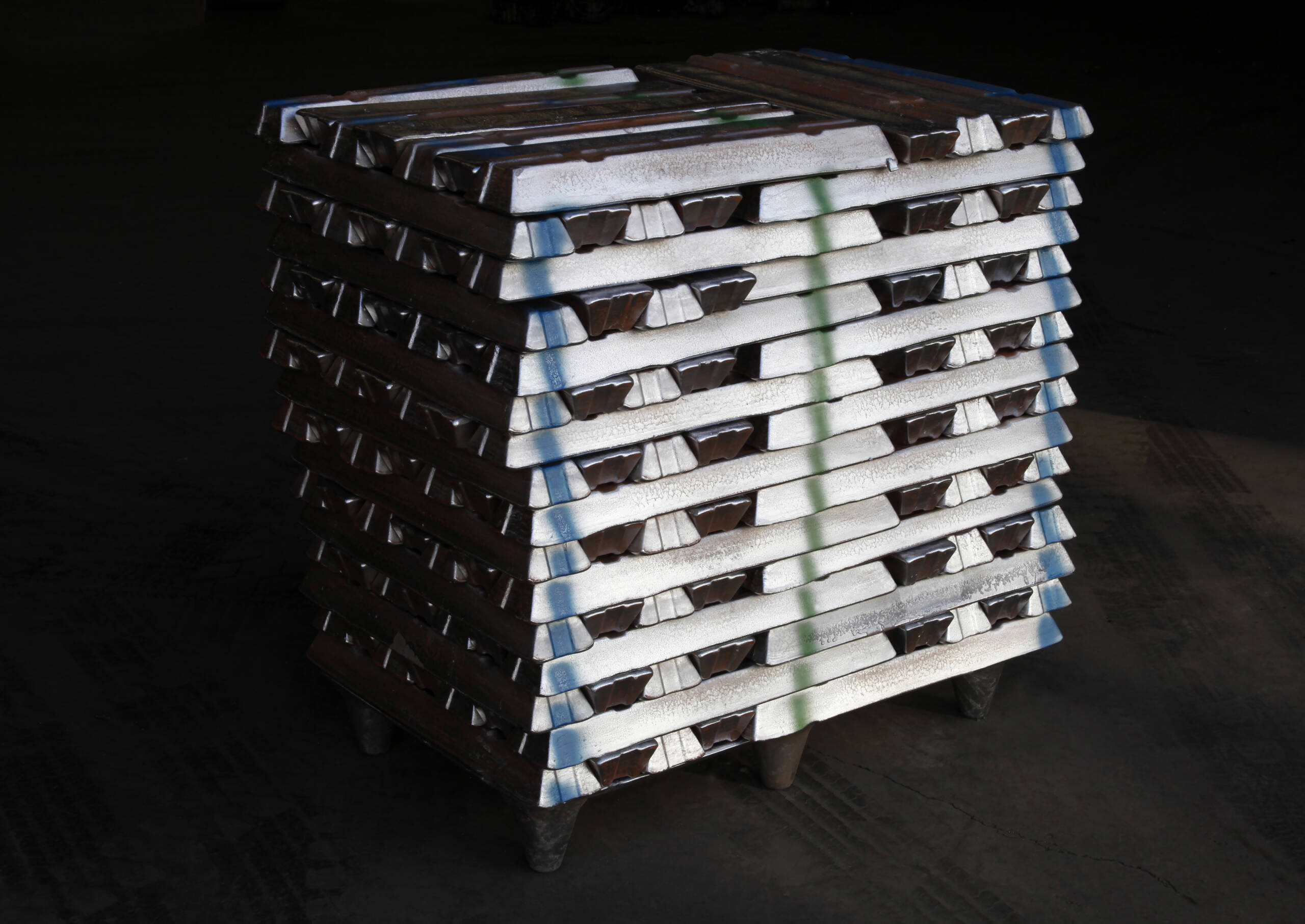Trade scholars in a recent paper used Trade Data Monitor data on steel and aluminum trade to gauge the impact of 2018-2019 protectionist measures on U.S. and European Union imports.
The paper by Simon Evenett and Fernando Martin, published by the Center for European Policy Research, found that because the U.S. and European Union import relatively small quantities of Chinese metals, “limited EU and US leverage is unlikely to change investment plans of Chinese steel producers.” If the U.S. and EU raise tariffs, Chinese exports will be redirected to “third markets – and this may not be without cost to Chinese firms that may have to accept lower export prices.”
For example, China accounted for only 11% of U.S. aluminum imports and 2% of steel imports in 2022, according to TDM data.

The U.S. and EU have been negotiating a new agreement on steel and aluminum trade known as the Global Arrangement on Sustainable Steel and Aluminum, to “address carbon emissions on steel and aluminum” while restoring “market-oriented conditions.”
The paper found that “while EU and US purchases of steel and aluminum account for half of world imports, so diversified are China’s exports that transatlantic leverage over Chinese producers is likely to disappoint. Further trade deflection, not accelerated Chinese decarbonisation, is the likely outcome of any climate-related sectoral trade deal.”


